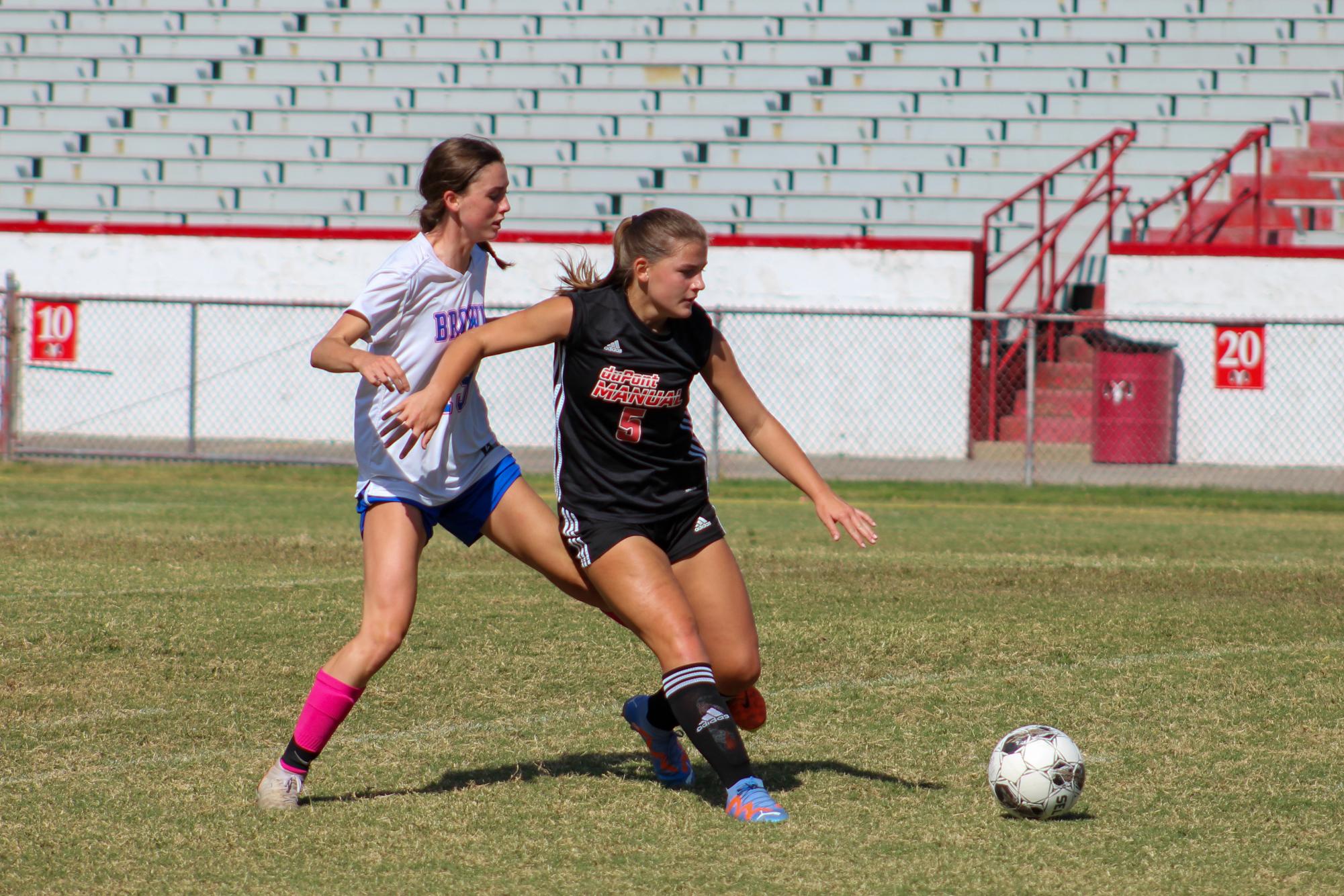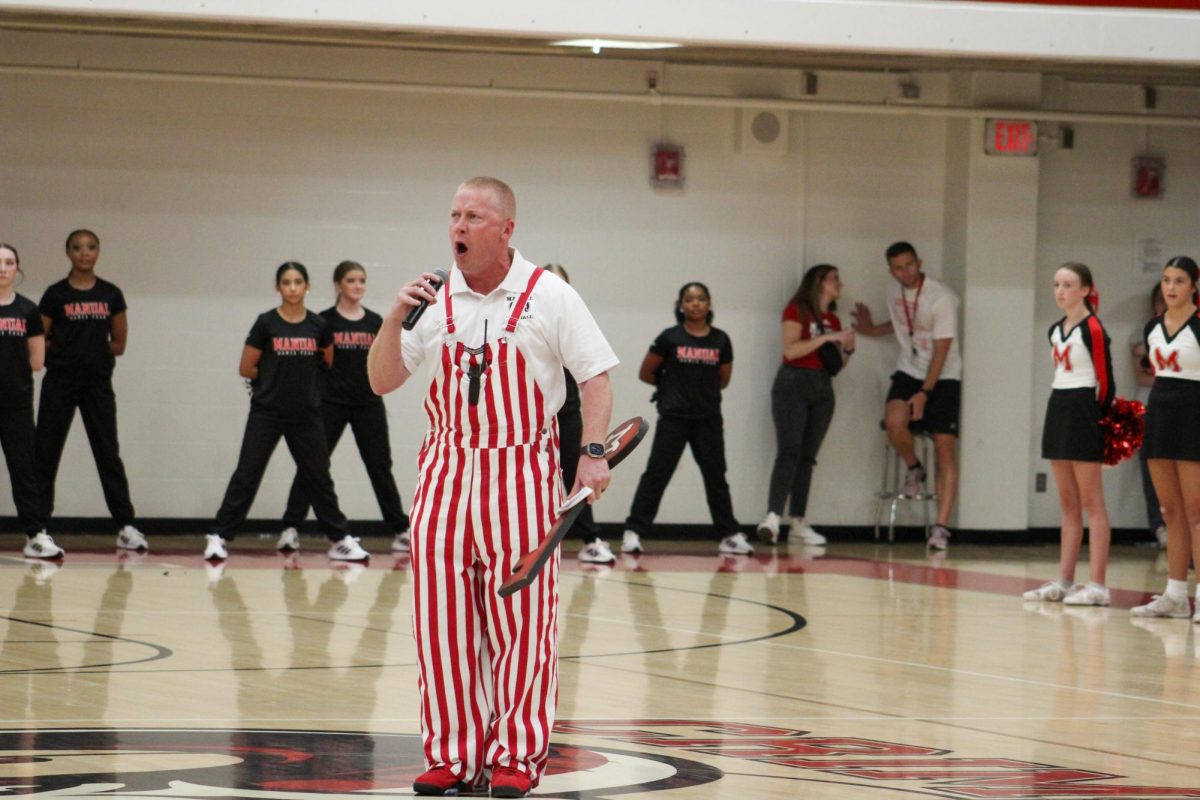In 2023, the Women’s World Cup final broke viewership records with a stunning total of 38.4 million viewing hours and became the most-watched women’s sports event on TV.
The popularity of women’s soccer has been growing for years and the women’s World Cup in 2023 only helped expand that. However, even with such growth in fans and players, the sport is still at a standstill when it comes to research about female players and support.
This underrepresentation hurts female players and can even put their careers at a standstill. For example, The Washington Post found that since 2021, at least 87 female players from some of the top teams in the women’s soccer leagues have torn their ACLs.
A CBC sports article stated that some research has found women to be two to eight times more likely to have an ACL tear. The ACL is the ligament in the knee that connects the femur, that’s the bone above the knee, to the tibia which is below. If it is pushed too quickly, or twisted in an awkward way, it can tear completely.
These incidents aren’t just a coincidence. To fix problems, society needs to realize that a lot of research and resources in sports, like soccer, is focused on male players, not females.
Arguably one of the best examples is that soccer cleats have typically been made for men and women have to use those. There are very few, or no, options for women, meaning a lot of female players have to use men’s cleats.
With women’s feet being smaller and proportioned differently, men’s cleats do not fit right which can create problems for female players. Women’s arch height, toes, heel and lateral side of the foot are different from men’s, which can all affect how they play and how injury-prone they are.
Men’s soccer cleats can put female players at risk for injuries and cause constant muscle fatigue because their bodies are trying to compensate for where the boot is not.
Ida Sports targets the biggest issue with women having to wear men’s cleats: the different pressure loads they have.
Men’s soccer cleats can put female players at risk for injuries and cause constant muscle fatigue because their bodies are trying to compensate for where the boot is not.
Men’s and women’s bodies are different so they have different pressure loads, like women’s hips being set further apart. This is important when considering the placement of the studs on the bottom of the cleats. When the studs are placed for men’s pressure loads it can increase the risk of ankle sprains or cause pain in the bottom of the foot amongst other serious issues.
Men’s soccer cleats can put female players at risk for injuries and cause constant muscle fatigue because their bodies are trying to compensate for where the boot is not.
Knowing the problems conforming women to men’s cleats can cause, the soccer industry needs to tackle this from the source. They should fix the lack of research into the physicality of the female body and the major injuries it can experience, like ACL tears or ankle injuries.
Equality for women in any sport, not just soccer, starts with increasing funding and research for women’s bodies and the major injuries they keep experiencing. Increased research can help understand why it is happening, like conforming them to using men’s cleats.
Female players deserve all the funding and resources in injury prevention that male players and men’s teams have. As this game continues to grow and change, research and the way people think about female players has to change with it.







